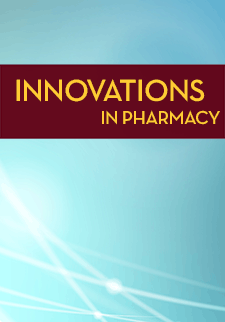Individualized Dosing of Children's Liquid Medications in the Community Pharmacy Setting: A Survey of Parents and Guardians
Jamie Shelly
Debbie Hiller
Lingxiao Zhai
Stefanie Ferreri
Macary Weck Marciniak
DOI: https://doi.org/10.24926/iip.v4i3.300
Keywords: liquid medications, children's medications, medication errors, dosing device, individualized dosing
Abstract
Objectives: 1) To determine parents' and/or guardians' interest in having pharmacists provide children's liquid medications in a pre-measured, individualized dosing device 2) To assess parents' and/or guardians' perception of dosing liquid medications for a child.
Design: Observational survey
Setting: Regional chain pharmacy in North Carolina
Participants: > 18 years old, parent/guardian of a childchain, responsible for administering child's liquid medication
Intervention: 14 item questionnaire
Main Outcome Measure: Interest in pharmacists providing children's liquid medications in pre-measured, individualized dosing devices
Results: 250 questionnaires were mailed; 42 were marked "return to sender" (16.8%), 22 were returned completed (10.6%), and 20 of the 22 met inclusion criteria (9.6%). 95% of study participants reported being interested in having pharmacists provide children's liquid medications in the proposed dosing device, and 40% were willing to pay for such a service. 90% of respondents reported it is "not at all difficult" to understand the amount of dose a child is to receive, while 55% reported it is "not at all difficult" to measure doses. 25% of respondents reported sometimes using a kitchen spoon to measure a child's medication.
Conclusion: Community pharmacists should explore providing children's liquid medications in an individualized dosing device, as study results determined parents are interested in and willing to pay for the theoretical device. Further large-scale studies would be beneficial in determining interest in and willingness to pay for the dosing device in various pharmacy settings nationwide.
Type: Original Research


